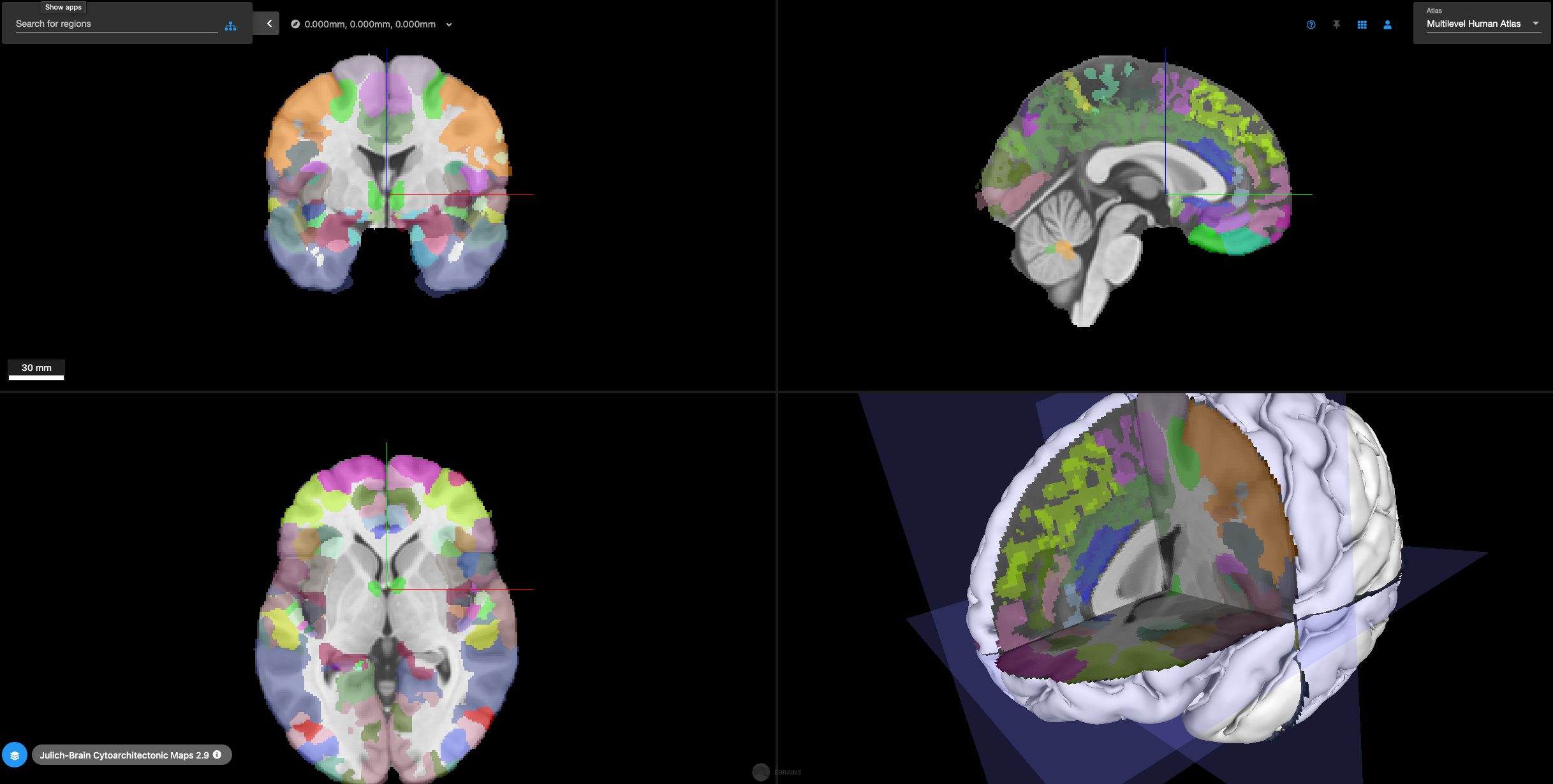Featured
Spotlighted people, projects, and papers.
Featured Scholars

Visiting Scholar: Andrija Štajduhar
date: Jan 16 2025
Written synopsis by Andrija Stajduhar
read more Featured Scholar: Jordan DeKraker
date: Jan 12 2022
Video interview with Jordan DeKraker
go to youtube Featured Scholar: Konrad Wagstyl
date: June 22 2021
Video interview with Konrad Wagstyl
go to youtube Featured Projects
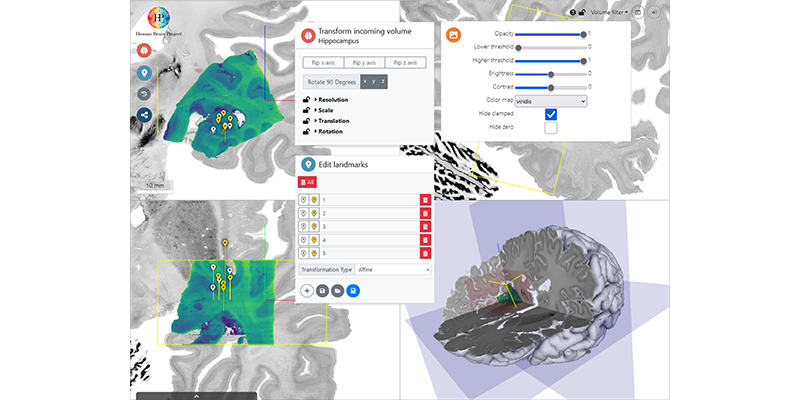
Featured: voluba
date: June 1 2023
A common problem in high-resolution brain atlasing is spatial anchoring of volumes of interest from imaging experiments into the anatomical context of an ultrahigh-resolution reference model like BigBrain.
read more 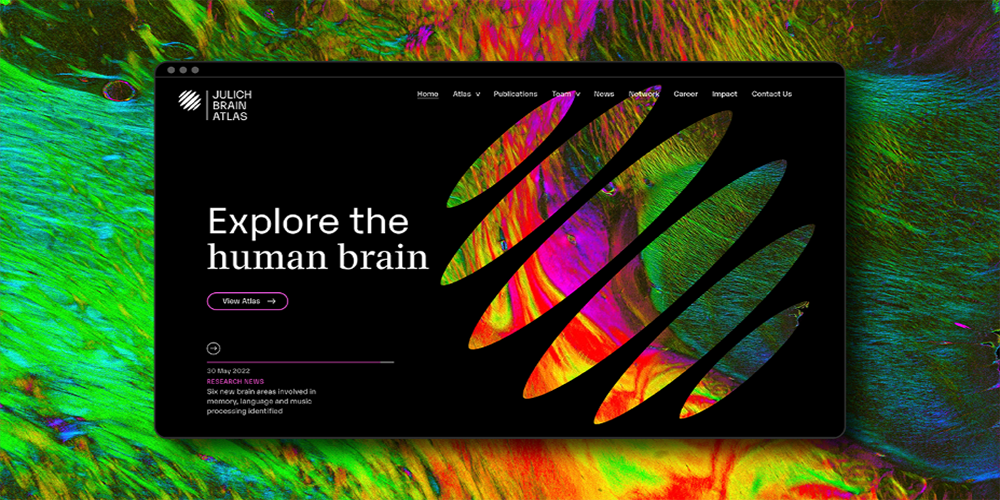
New website launched presenting the Julich Brain Atlas
date: July 11 2022
The new Julich Brain Atlas website has been launched in July 2022 presenting the concept and research behind the human brain atlas developed by teams at the Institute of Neuroscience Medicine (INM-1) at Forschungszentrum Jülich and the Cécile and Oscar Vogt Institute for Brain Research in Düsseldorf.
read more go to the atlas
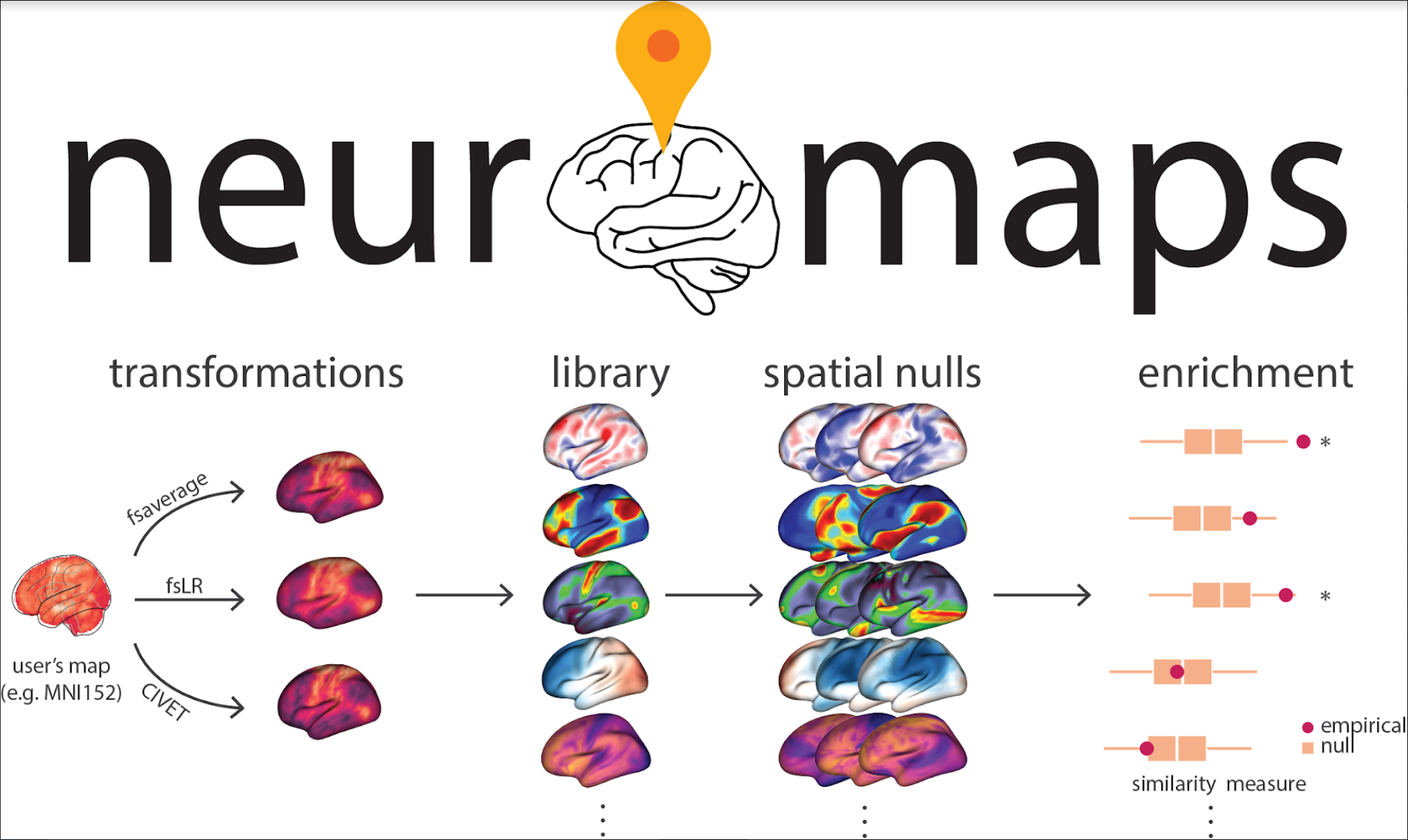
Featured: Neuromaps
date: July 28 2022
Neuromaps – structural and functional interpretation of brain maps.
go to the project Featured: A multi-scale model of neurotransmitter receptor alterations in Alzheimer’s disease progression
date: April 7 2022
A project presented by Ahmed Khan (lab of Yasser Iturria-Medina)
go to youtube see graphical abstract
Featured: Cytoarchitectonic Maps of the Human Metathalamus in 3D space
date: Feb 14 2022
Two new maps in the BigBrain available, medial geniculate body and lateral geniculate body by Kai Kiwitz and Andrea Brandstetter
go to youtube 
Featured: BigBrain Warp
date: Apr 01 2021
Our featured tool developed by Casey Paquola and Boris Bernhardt.
go to the project Featured Papers

Featured Paper: Integrating brainstem and cortical functional architectures
date: Jan 31, 2025
In this study (“Integrating brainstem and cortical functional architectures”), we sought out to understand the functional interplay between the cortex and brainstem in awake humans.
read more 
Featured: Self-supervised representation learning for nerve fiber distribution patterns in 3D-PLI
date: Nov 26, 2024
Quantifiable and interpretable descriptors of nerve fiber architecture at microscopic resolution provide an important foundation for a deeper understanding of human brain architecture.
read more 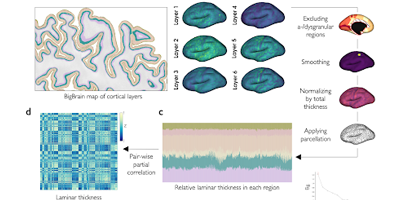
Featured: Laminar Thickness Profiles
date: Aug 21, 2023
We recently published a study on the variation of cortical laminar structure in the BigBrain dataset. The cerebral cortex consists of six cortical layers which are horizontally superimposed stripes of gray matter with characteristic features such as size, type and density of the neurons.
read more 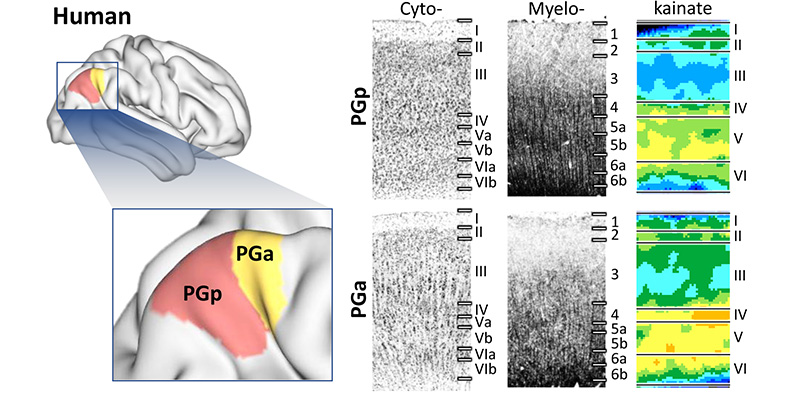
Architecture and connectivity of the human angular gyrus and of its homolog region in the macaque brain
date: April 2023
The angular gyrus (AG) is a horseshoe-shaped region of the posterior inferior parietal lobe in the human brain. It has attracted major interest since it’s a higher-order associative cortical region that plays a prominent role in the integration of multiple sensory systems.
Go to article 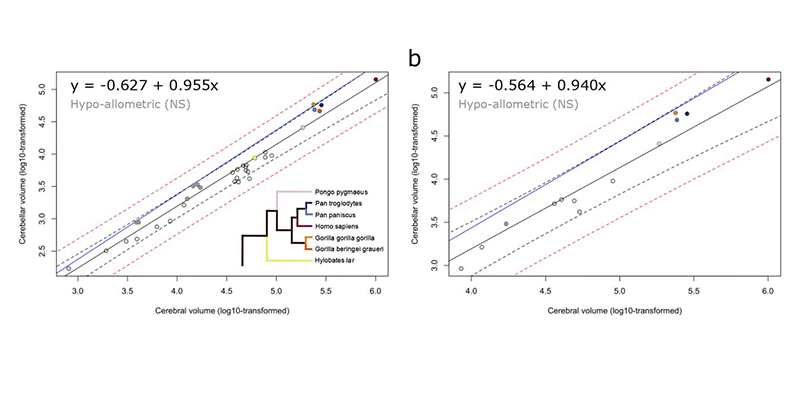
Primate cerebellar scaling in connection to the cerebrum: a 34-species phylogenetic comparative analysis
date: Mar 2023
The cerebellum has long been viewed as a functionally homogenous structure, only involved in the fine control of the motor system. However, over the last decades it has become increasingly clear that the cerebellum contributes to wide-ranging higher-order associative function, such as abstract reasoning, theory of mind, and affect regulation, as well.
Go to article 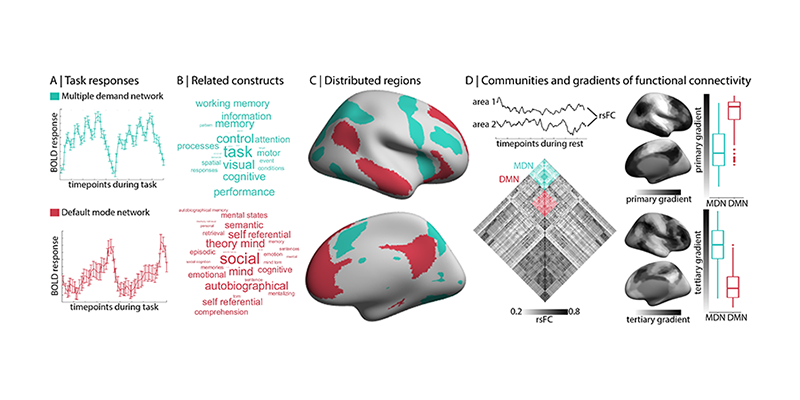
CLOSING THE MECHANISTIC GAP: THE VALUE OF MICROARCHITECTURE IN UNDERSTANDING COGNITIVE NETWORKS
date: Aug 2022
Contemporary research linking spatial patterns of neural activity to psychological constructs describes “where” hypothesised functions occur, but not “how” these regions contribute to cognition.
Go to article 
Convolutional Neural Networks for cytoarchitectonic brain mapping at large scale
date: Sept 2022
A novel method for automatic classification of cytoarchitectonic brain areas in large series of consecutive histological brain sections.
Go to article 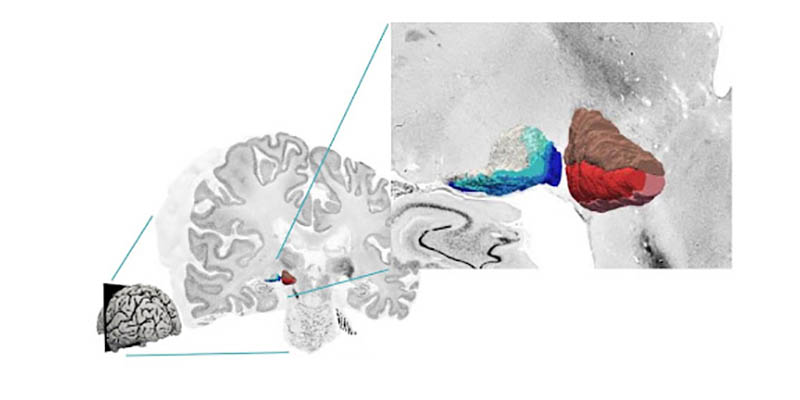
Cellular structure of the human metathalamus revealed in novel 3D map
date: April 2022
A new, high-resolution 3D map of a previously unmapped area of the brain has been reconstructed by a team of HIBALL researchers as part of the Human Brain Project (HBP).
Go to article 
Julich-Brain
date: Sept 2021
Julich-Brain – a 3D probabilistic atlas of human brain’s cytoarchitecture
Go to article 